Coming to Yellowstone, visitors are immersed in a wild world full of emotions, urging visitors to set out to explore.
Visitors witness the eruption of hot water columns at Old Faithful - the most famous geyser in Yellowstone National Park.
Magnificent nature
Seen from above, the Grand Prismatic Spring resembles a giant rainbow in the heart of Yellowstone, a testament to the park’s unique geothermal system. The park boasts more than 10,000 geothermal areas such as hot springs, boiling mud, and more than 500 geysers, fed by a supervolcano that erupted 640,000 years ago and is still smoldering.
At Old Faithful - the most famous geyser in Yellowstone National Park, visitors can admire the giant column of hot water shooting up into the air at a height of 40m, regularly about 17 times a day. The strange "timeliness" of Old Faithful over the centuries has made it a symbol of Yellowstone National Park. In addition, Mammoth Hot Springs appear as magical white limestone steps, precipitated from mineral-rich hot water. Each geothermal area in Yellowstone has its own "personality", creating a vivid natural picture.
Yellowstone Lake, located in the heart of the park, is located at an altitude of 2,357m and is proud to be the largest freshwater lake in North America with an area of 341km². The lake's surface is as smooth as a mirror, reflecting the snow-capped mountains shining in the morning sun. In winter, the lake freezes, creating a poetic scene of ice and snow contrasting with the steaming hot springs along the shore.
The park is dotted with mountains. Adventurous visitors can climb Mount Washburn or Mount Bunsen to take in the panoramic views of Yellowstone. The park also has 1,000 miles of hiking trails for adults and children, from trails along hot springs to long treks for the adventurous.
Lamar Valley, located north of Yellowstone, is home to wildlife such as bison, gray wolves, North American bears, black bears, etc. With just a pair of binoculars, visitors can watch the vibrant wildlife below, where herds of elk leisurely graze, red foxes stalk prey, or eagles soar... The richness of the fauna has made Yellowstone the place with the most diverse density of large animals among the US national parks.
Visitors experience a classic horse-drawn carriage ride, simulating cowboy life at Roosevelt Lodge.
Architectural imprints and sustainable tourism development
Yellowstone today still retains its majestic pristine beauty thanks to the philosophy of conservation combined with sustainable tourism development. Since the beginning of the 20th century, when tourists began to flock to Yellowstone, unique wooden lodges and hotels were built not only to serve as accommodation but also to harmonize with the landscape, becoming part of the park's heritage. This architectural system is still preserved intact, typically Old Faithful Inn, Roosevelt Lodge or Lake Yellowstone Hotel.
The hundred-year-old “wooden castle” Old Faithful Inn, constructed entirely of pine and native stone, is considered a symbol of classic American park architecture. Old Faithful Inn is located right next to the Old Faithful geyser, built from 1903 to 1904, and is still considered the largest wooden structure in the world. With a six-story main hall, a wooden roof and a massive 26-meter-high stone fireplace, this hundred-year-old inn is truly overwhelming to anyone. Old Faithful Inn is recognized as a National Historic Landmark and is the pride of “Parkitecture” architecture - a design style of park buildings in harmony with nature.
Roosevelt Lodge is a remote northern lodge that offers a rustic Wild West experience. Completed in 1920, the lodge is built of unbarked pine and is surrounded by rows of small, wooden cabins. There are many interesting activities organized here, such as horseback riding or riding in a classic horse-drawn carriage, taking visitors to an outdoor barbecue party simulating cowboy life. Roosevelt Lodge's 2,000 rooms scattered throughout Yellowstone allow visitors to experience a night's sleep right in the heart of the wild.
Along with the structures, old transportation vehicles have also been “revived” to serve tourists, at the same time recreating a part of Yellowstone’s past. The park currently has 8 yellow buses painted from 1936 - 1937 and 3 classic Tally-ho horse-drawn carriages that have been perfectly restored, taking visitors to explore Yellowstone in full.
In addition to preserving its heritage, Yellowstone also focuses on educating and inspiring the younger generation about nature - the foundation for sustainable development. The Junior Ranger program welcomes children from 4 years old and up to participate in fun discovery activities to "become a little ranger". Children are given a mission notebook and learn about hydrothermal geology, wildlife, forest ecosystems... through interactive games and lively lessons.
In addition, the park offers many other useful programs such as nature classes, family guided tours, and visits to museums and education centers with attractive exhibits. Although Yellowstone National Park welcomes millions of visitors each year, it still maintains an intact ecosystem. This proves that tourism and conservation can go hand in hand for sustainable development.
Source: https://hanoimoi.vn/yellowstone-thien-duong-dia-nhiet-giua-dai-ngan-hoang-da-703913.html


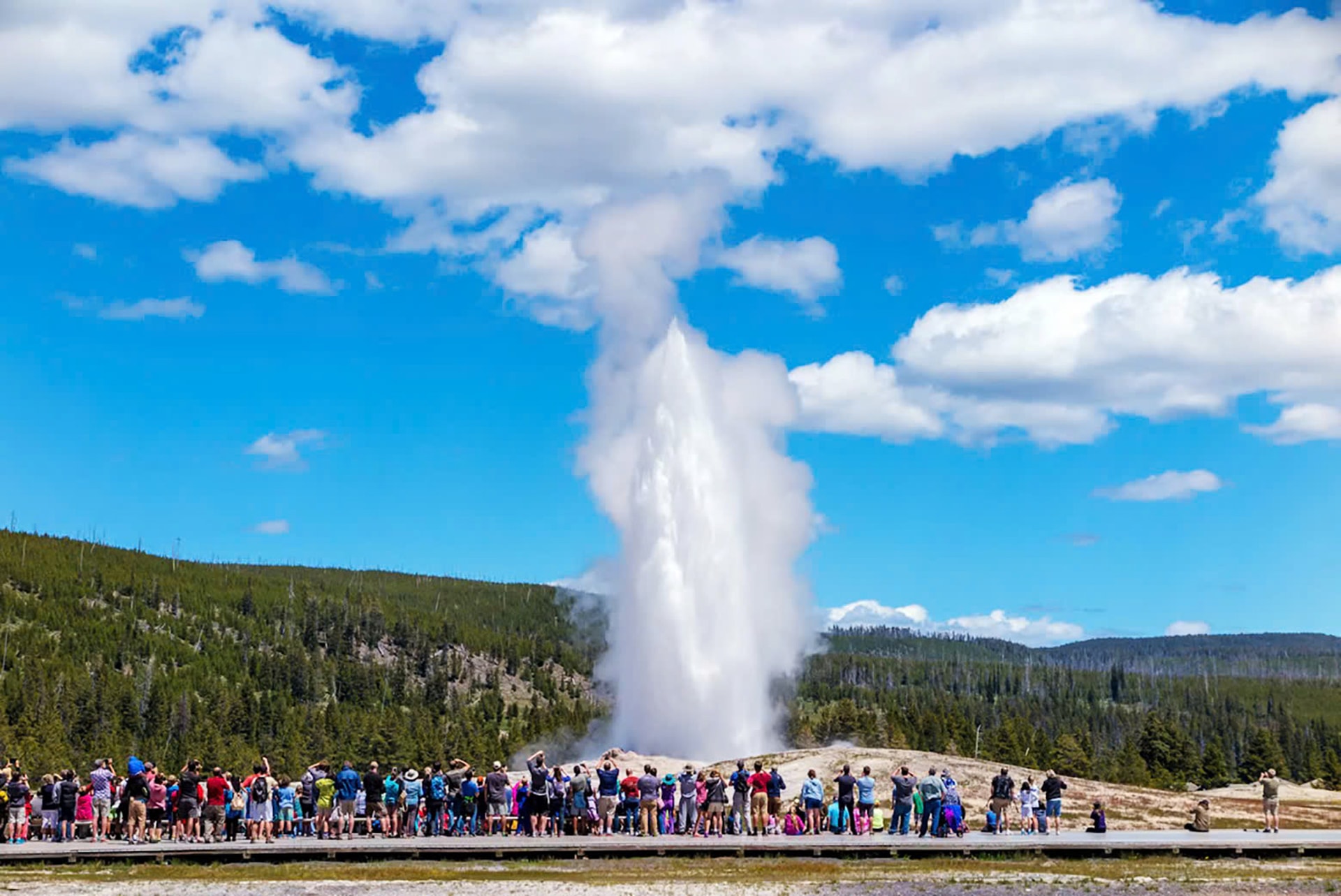
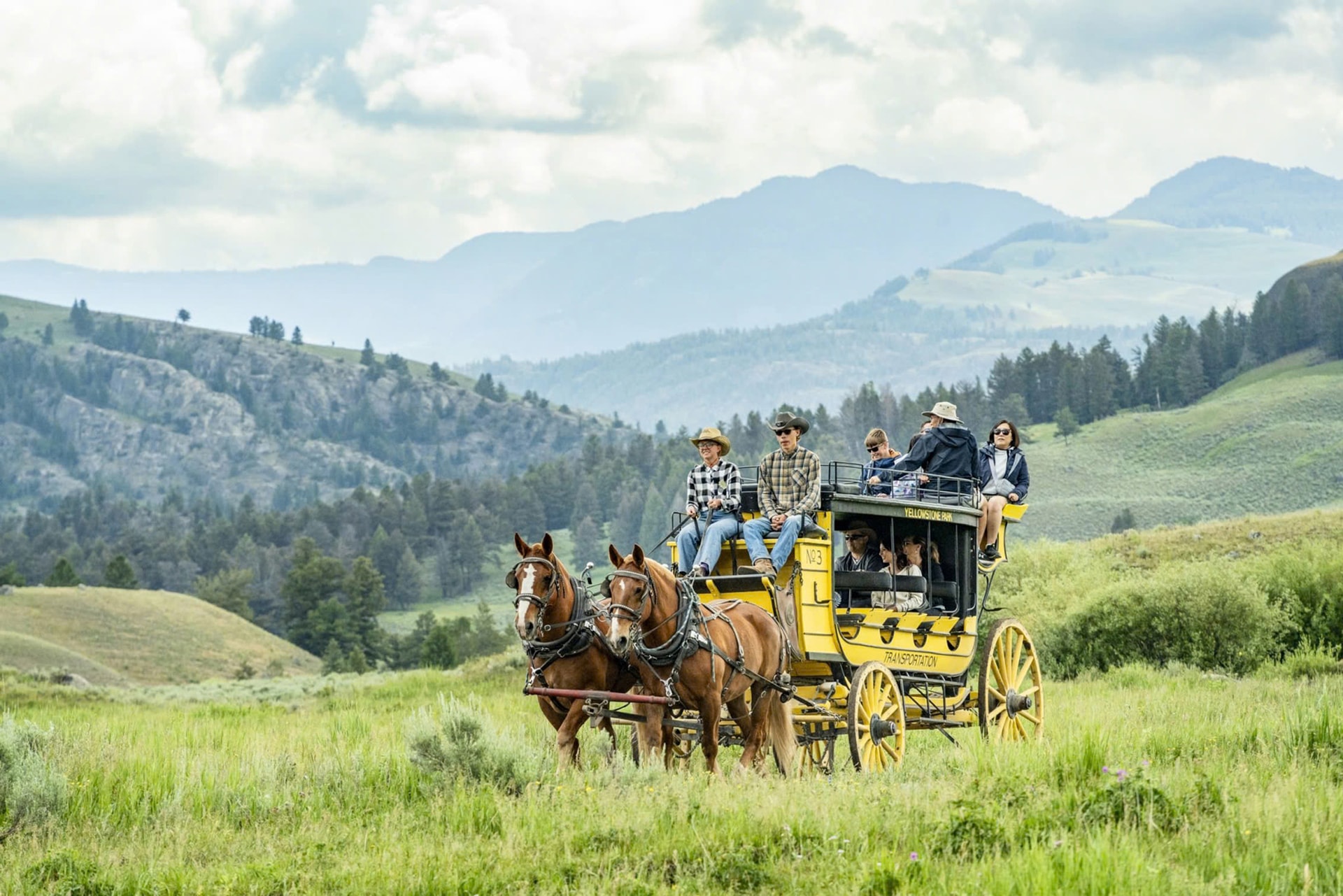

![[Photo] Prime Minister Pham Minh Chinh chairs the Government's online conference with localities](https://vphoto.vietnam.vn/thumb/1200x675/vietnam/resource/IMAGE/2025/10/5/264793cfb4404c63a701d235ff43e1bd)

![[Photo] Prime Minister Pham Minh Chinh launched a peak emulation campaign to achieve achievements in celebration of the 14th National Party Congress](https://vphoto.vietnam.vn/thumb/1200x675/vietnam/resource/IMAGE/2025/10/5/8869ec5cdbc740f58fbf2ae73f065076)




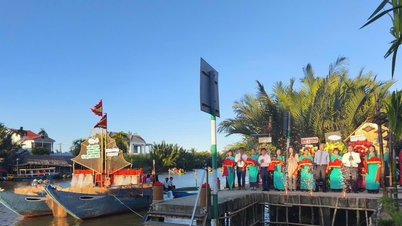

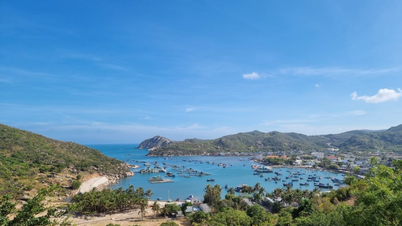

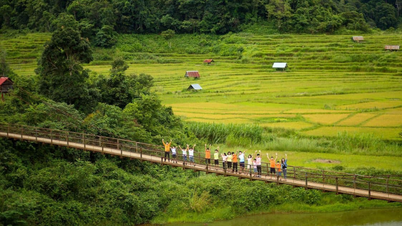


![[Photo] Binh Trieu 1 Bridge has been completed, raised by 1.1m, and will open to traffic at the end of November.](https://vphoto.vietnam.vn/thumb/402x226/vietnam/resource/IMAGE/2025/10/2/a6549e2a3b5848a1ba76a1ded6141fae)



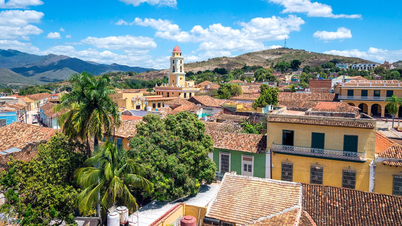

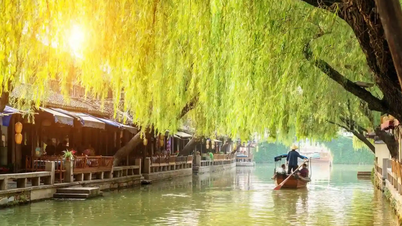
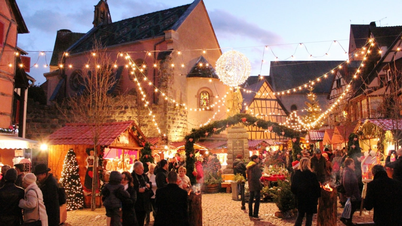




































![[VIDEO] Summary of Petrovietnam's 50th Anniversary Ceremony](https://vphoto.vietnam.vn/thumb/402x226/vietnam/resource/IMAGE/2025/10/4/abe133bdb8114793a16d4fe3e5bd0f12)

![[VIDEO] GENERAL SECRETARY TO LAM AWARDS PETROVIETNAM 8 GOLDEN WORDS: "PIONEER - EXCELLENT - SUSTAINABLE - GLOBAL"](https://vphoto.vietnam.vn/thumb/402x226/vietnam/resource/IMAGE/2025/7/23/c2fdb48863e846cfa9fb8e6ea9cf44e7)
















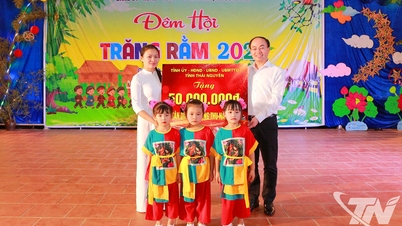





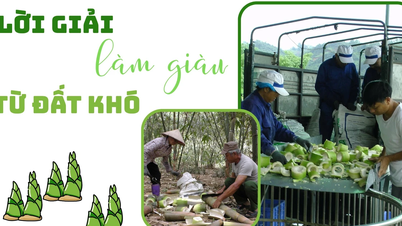













Comment (0)